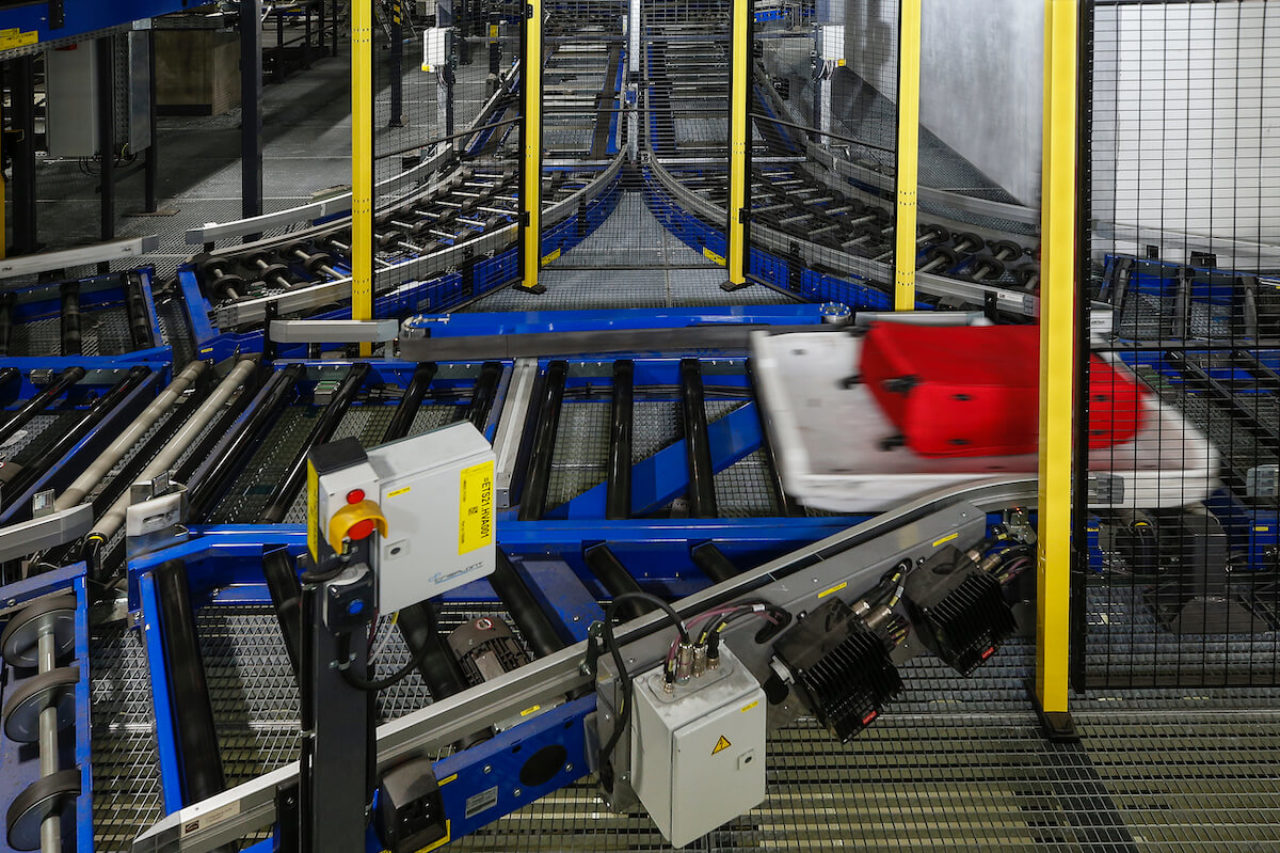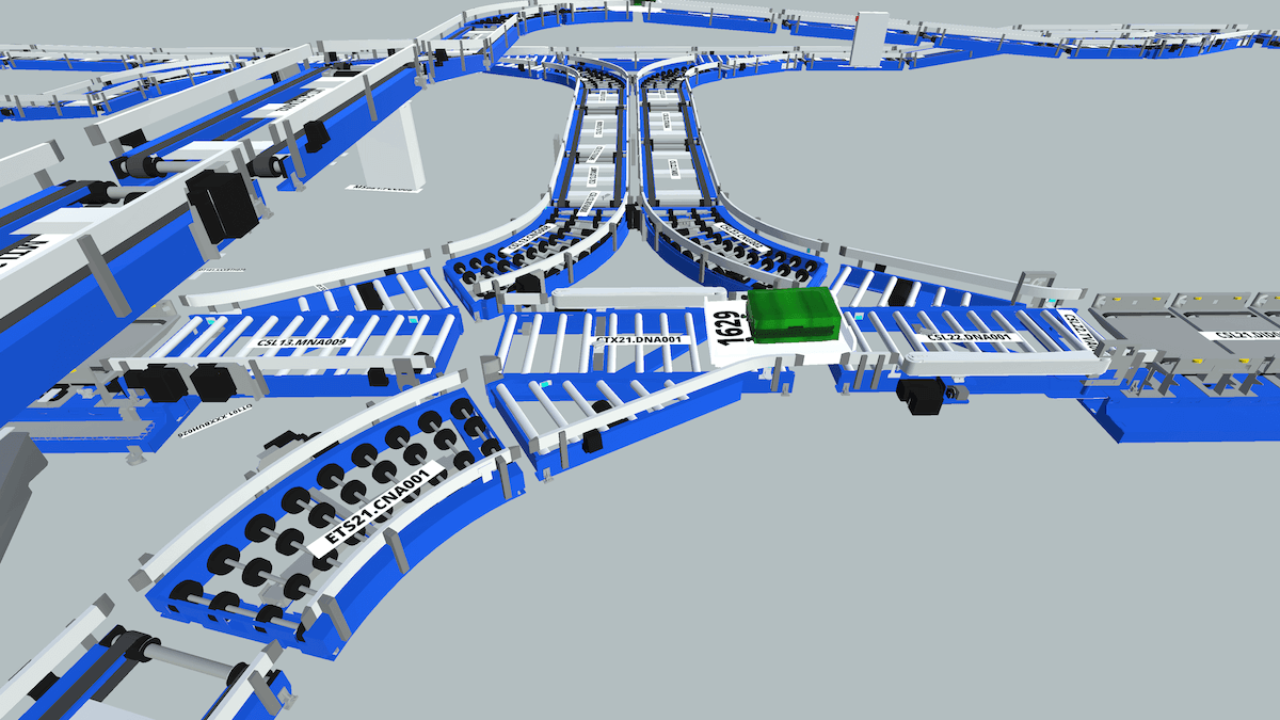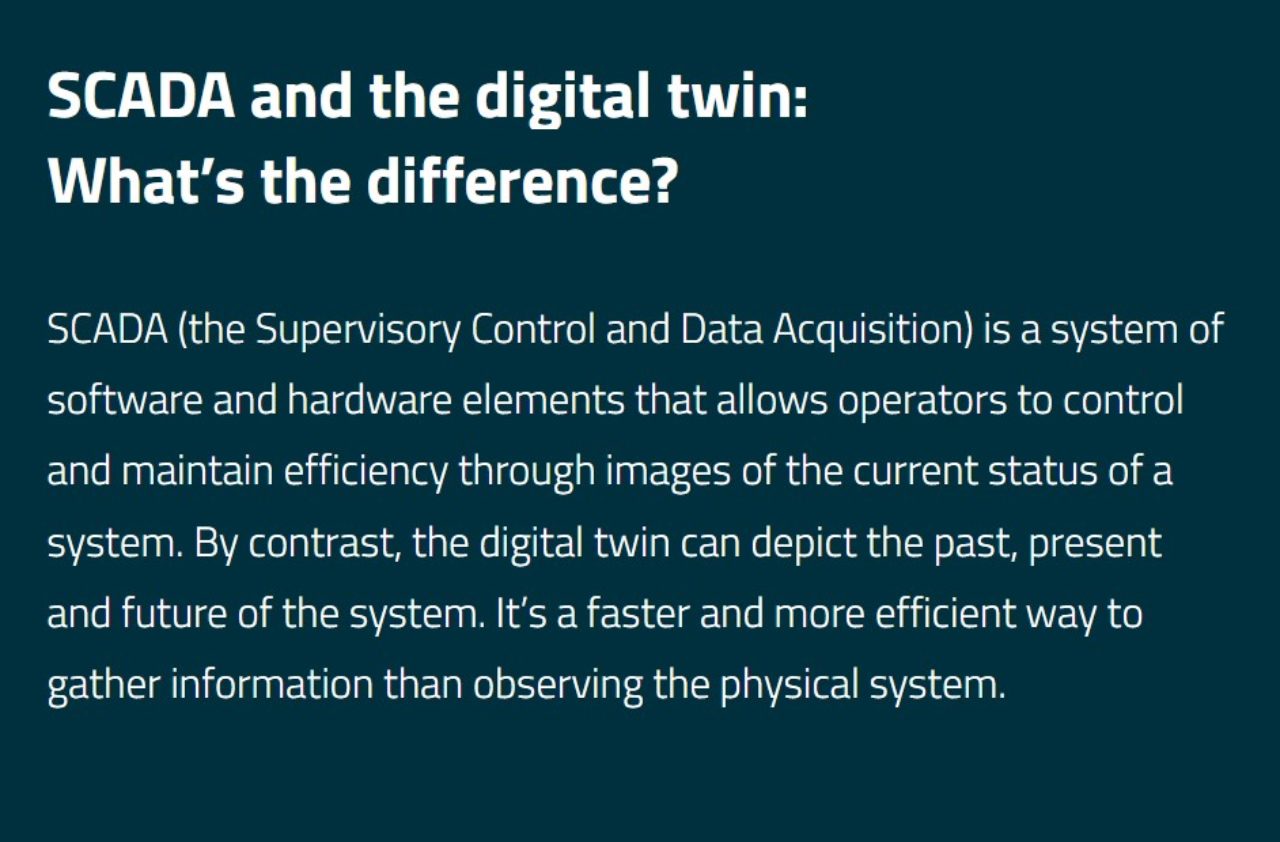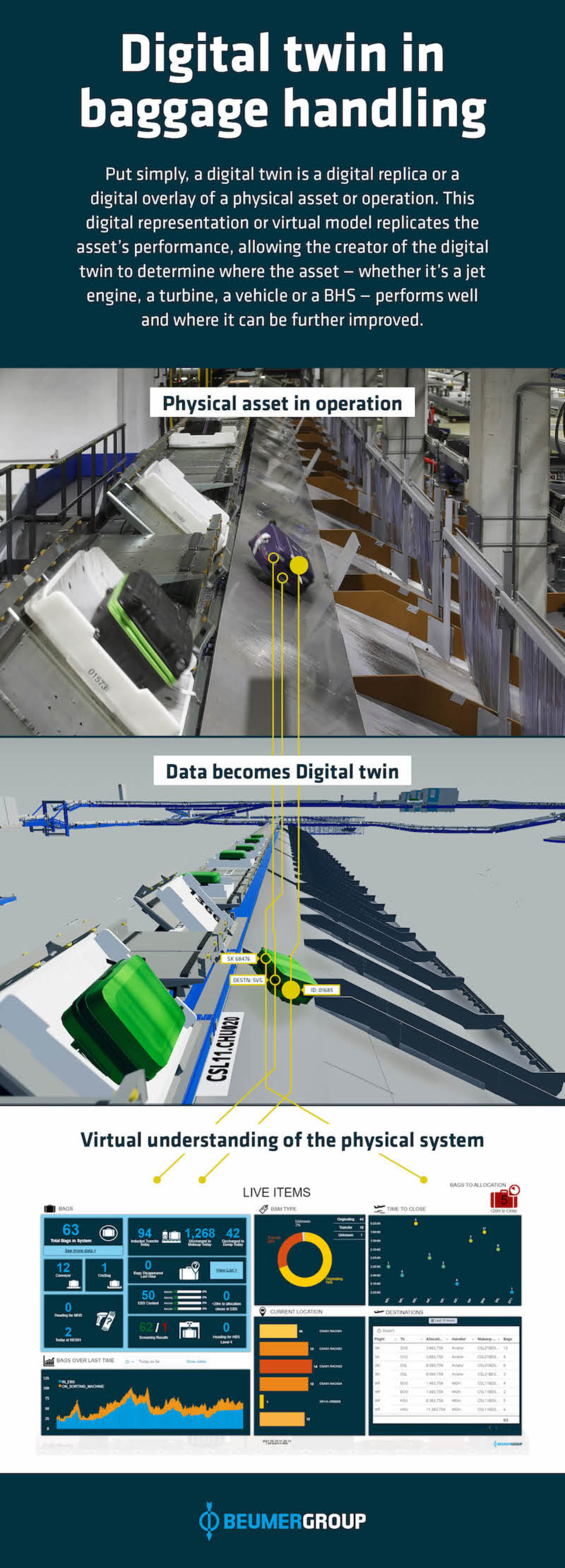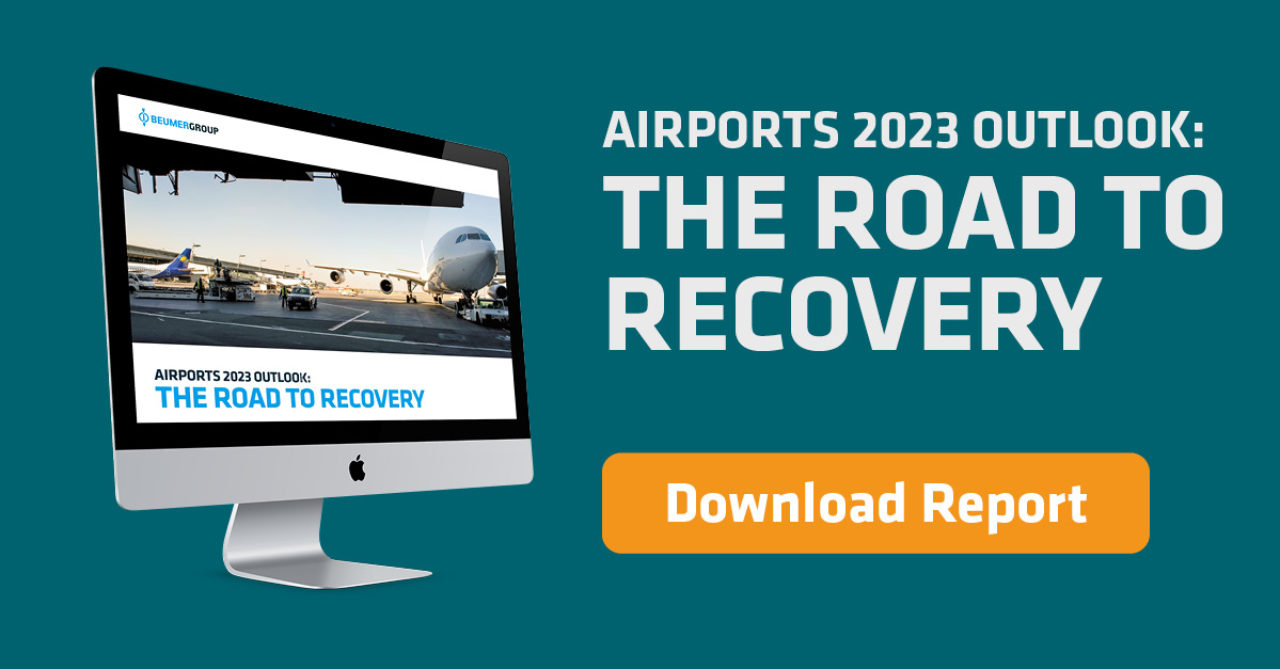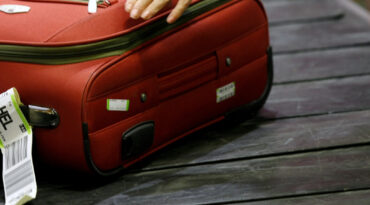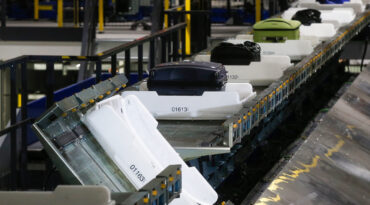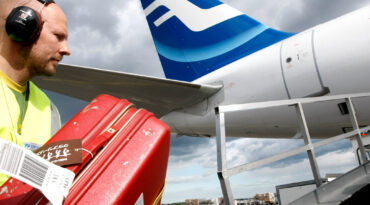The benefits of a digital twin
By building a digital twin, BHS professionals are able to gain a virtual understanding of their physical systems that can lead to numerous system optimisations.
These benefits are what makes a digital twin so effective:
Forecast scenarios: The digital twin acts as a mirror of its physical equivalent, enabling simulations to ensure system performance and optimisation. (That allocation idea, referred to above, can be put to the test in the virtual replica of the BHS, for example.) Management has at its fingertips a real way to investigate future production and optimising scenarios, and watch its strategies play out on the screen.
Improved operations: Baggage flows can be analysed and optimised in real time. The twin can reveal recirculating bags, manual encoding bags, mishandled bags and bottlenecks to provide deeper understanding of how the flow and processes can be changed, improved and optimised.
Predictive maintenance: A digital representation of the BHS can also predict possible future problems within the system and highlight potential issues before they become a problem. The digital twin will show specific elements of the system needing attention, directing the focus of maintenance staff and saving time. And ultimately, reducing overall system downtime.
Complete visibility: The digital twin technology accurately replicates the real-life system in 3D and dynamically, allowing it to be viewed both locally and remotely to ensure critical operational decisions are made in real time. It offers a detailed real-time view of what is happening across the physical system. It can tell the operator how the BHS is operating and how it is processing the baggage, providing transparency throughout the entire system.
Improved decision making: By providing system visibility, the digital twin can facilitate better decision making. It has the potential to prevent siloed, slow or delayed and reactive decisions. It enables collaboration across all stakeholders as it provides a holistic system view and approach.
Conclusion
While the concept of a ‘digital twin’ has a very futuristic ring to it, it is in fact fast becoming a very real solution for today’s baggage handling system operation. Many industries, including airports, are adapting the technology to their existing systems, finding its predictive virtual simulation capabilities provide significant benefits for operational visibility. The digital twin can become a ‘single source of truth’ for the airport’s operations and asset monitoring and control, providing contextualisation and business intelligence. Having the freedom to gain insights by simulating multiple different strategies without having to spend a penny or run the risk of choosing an inefficient strategy, has to be a business imperative for any airport today.


